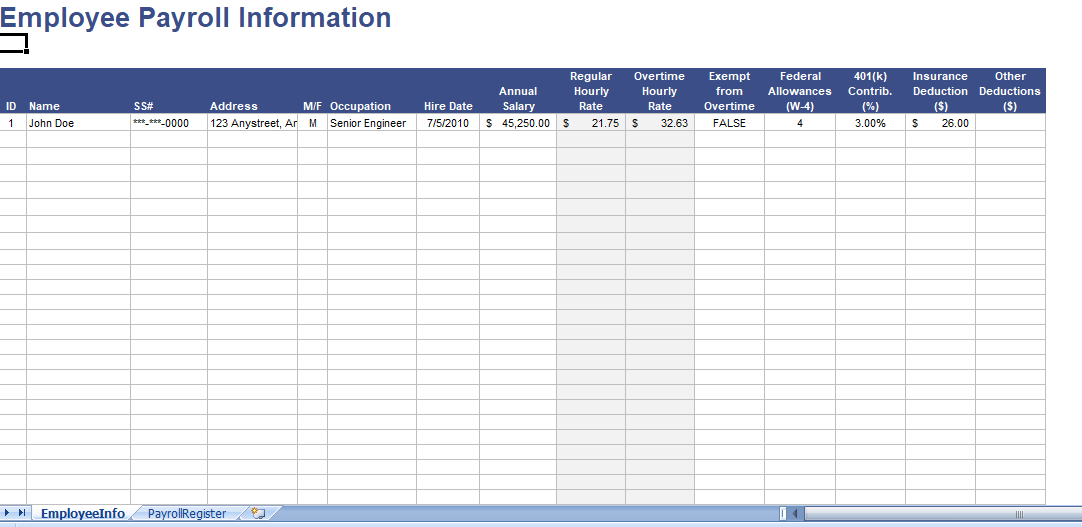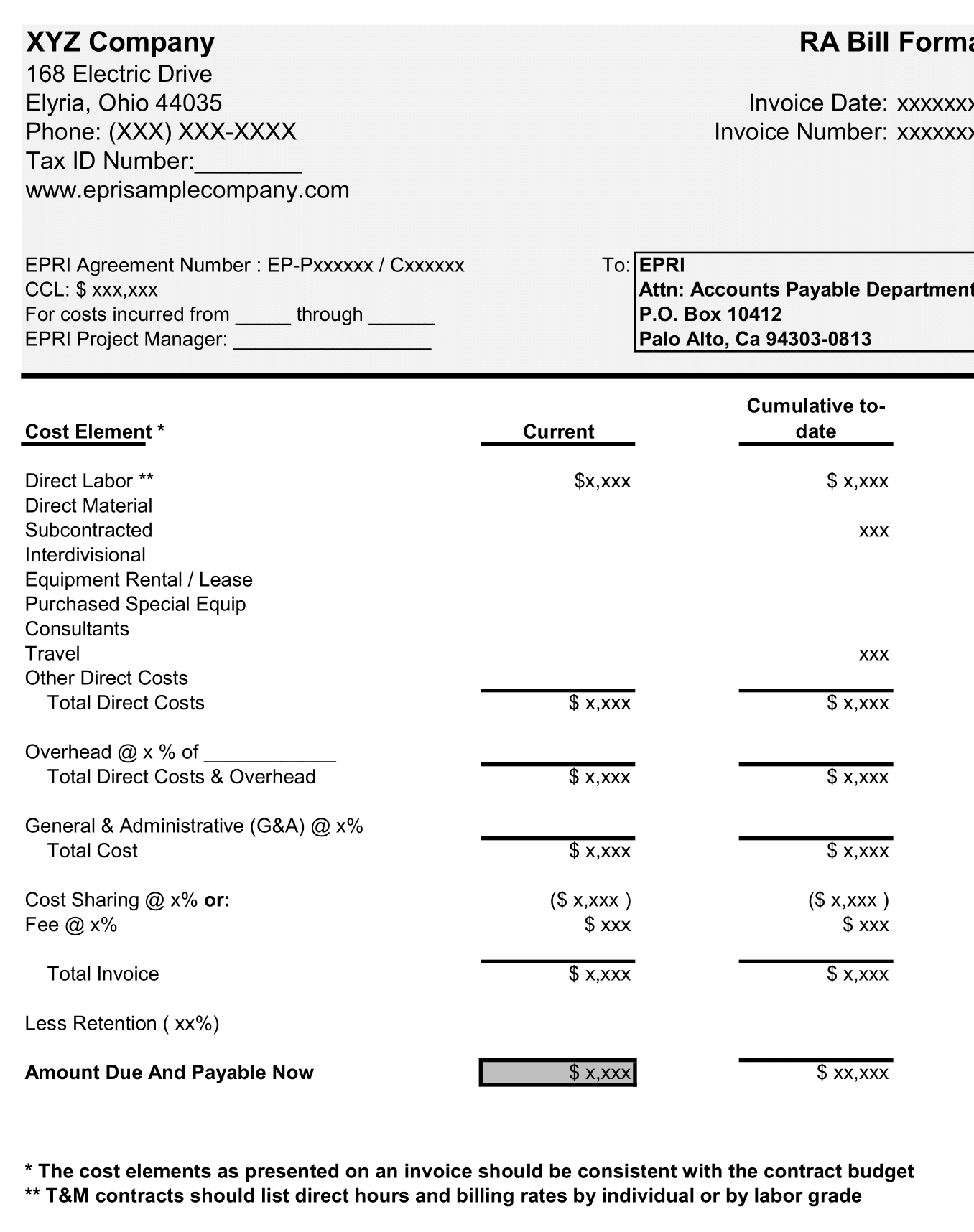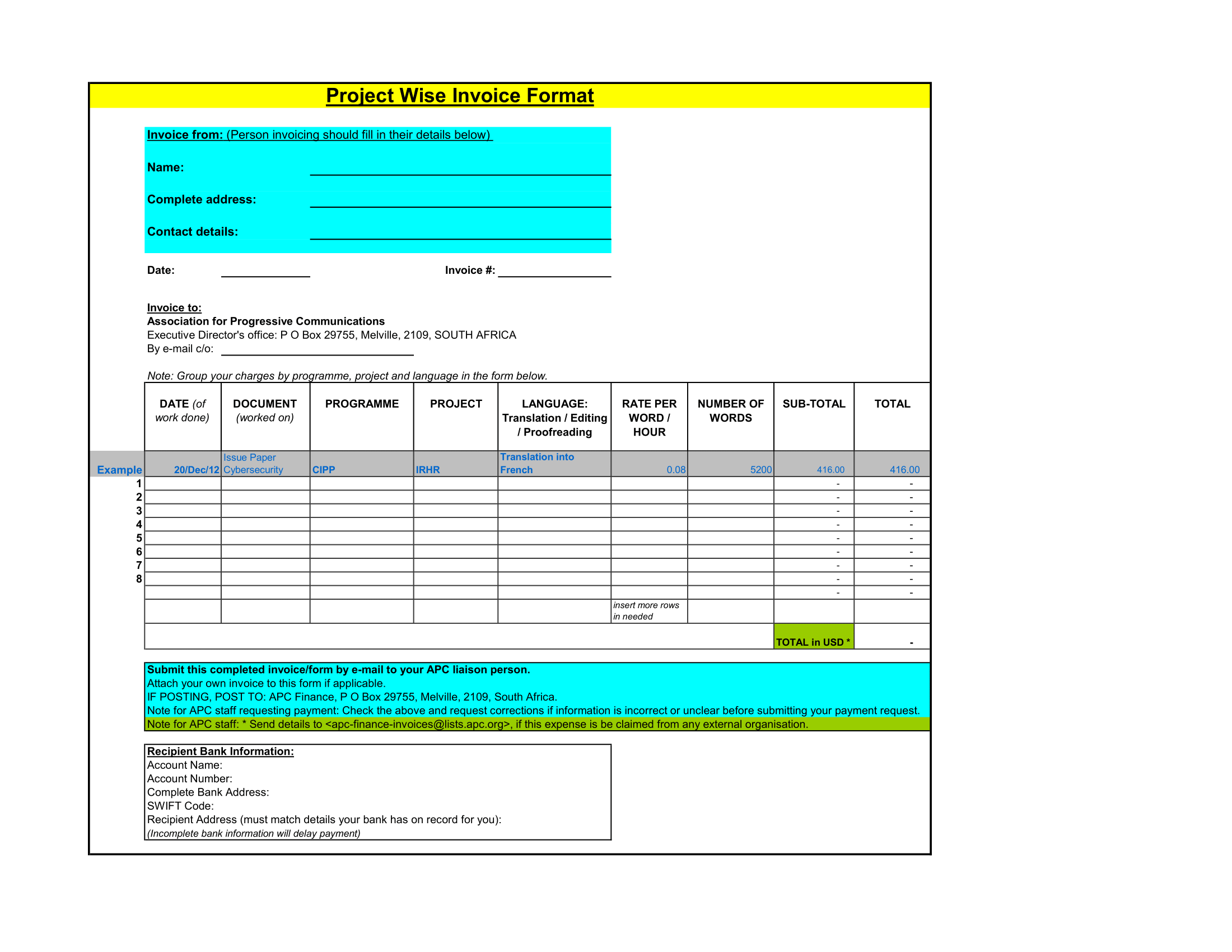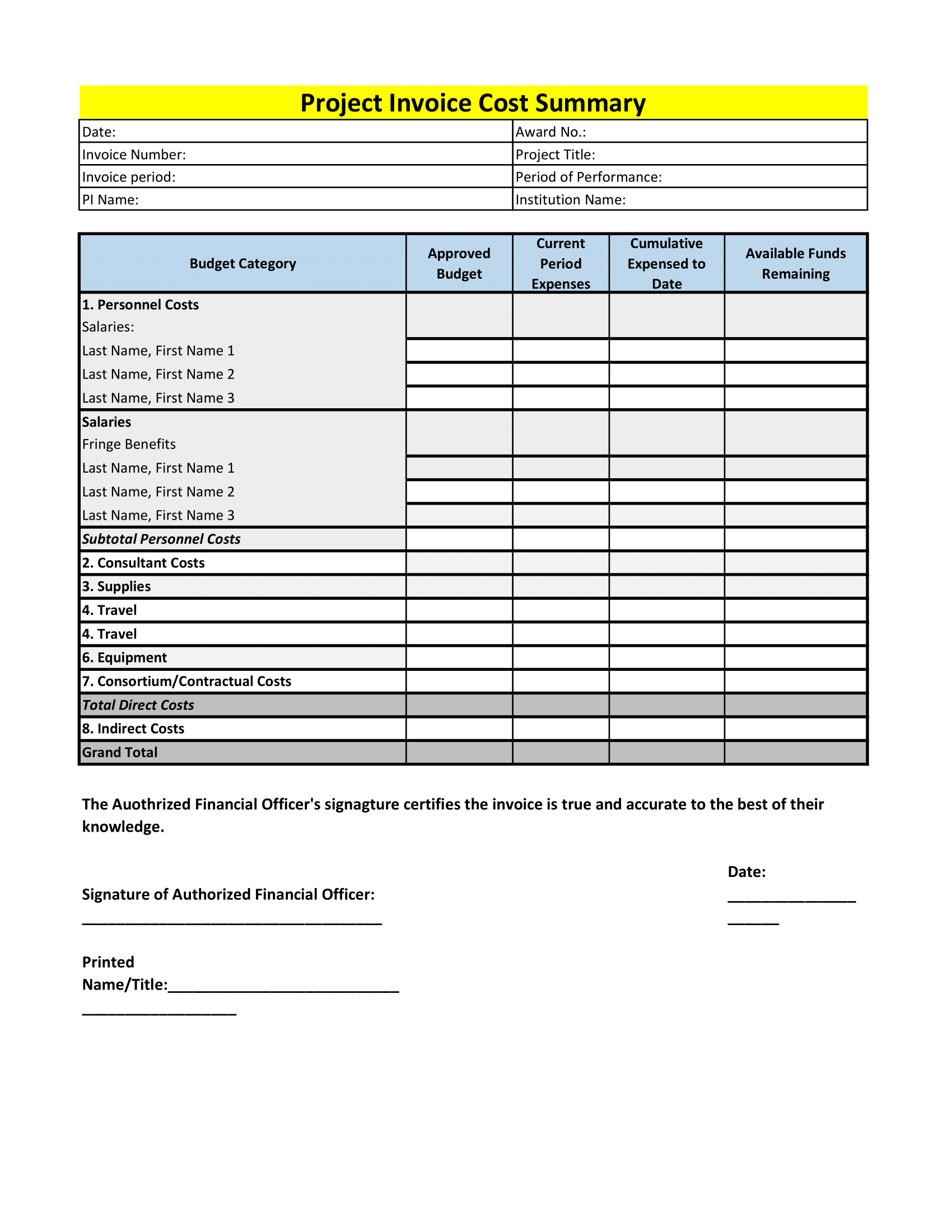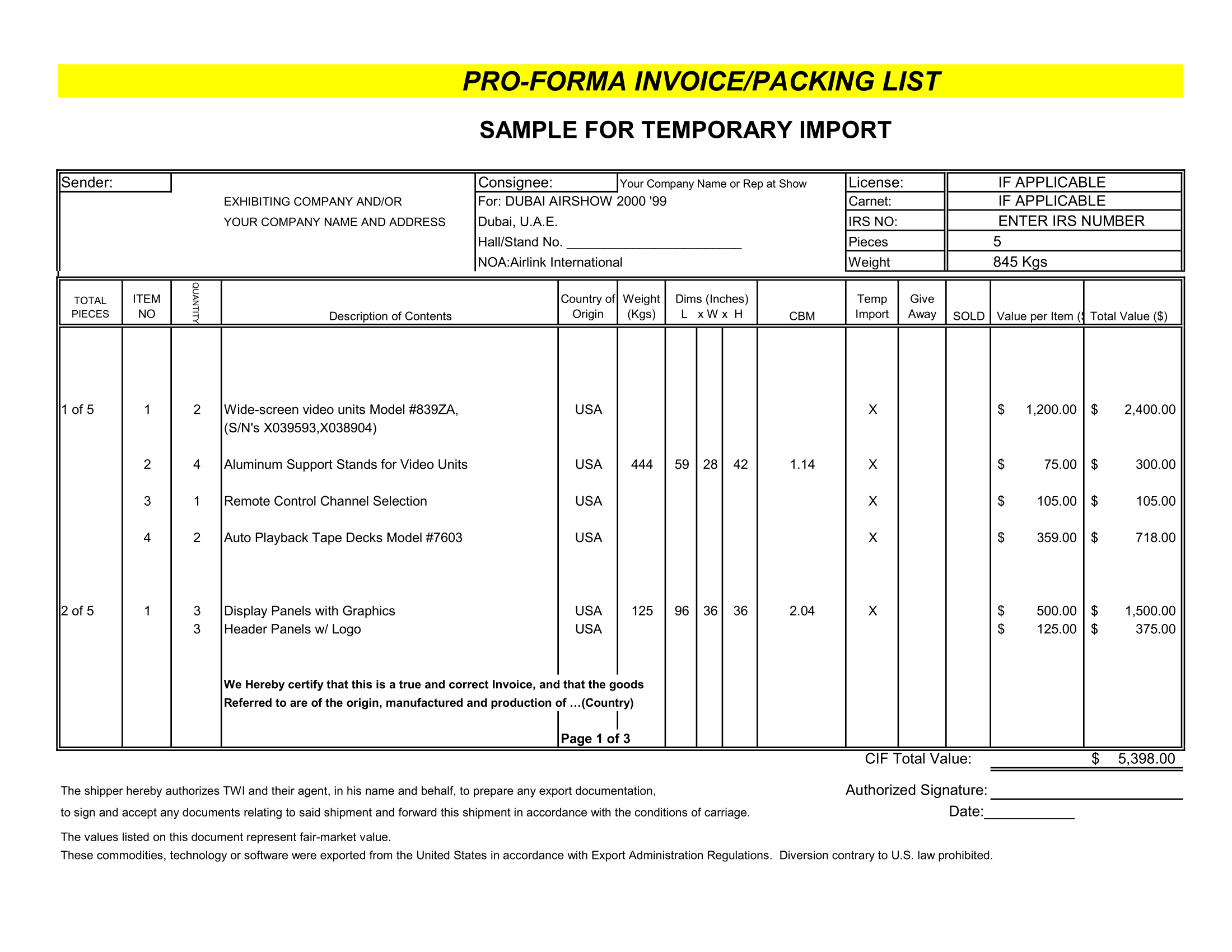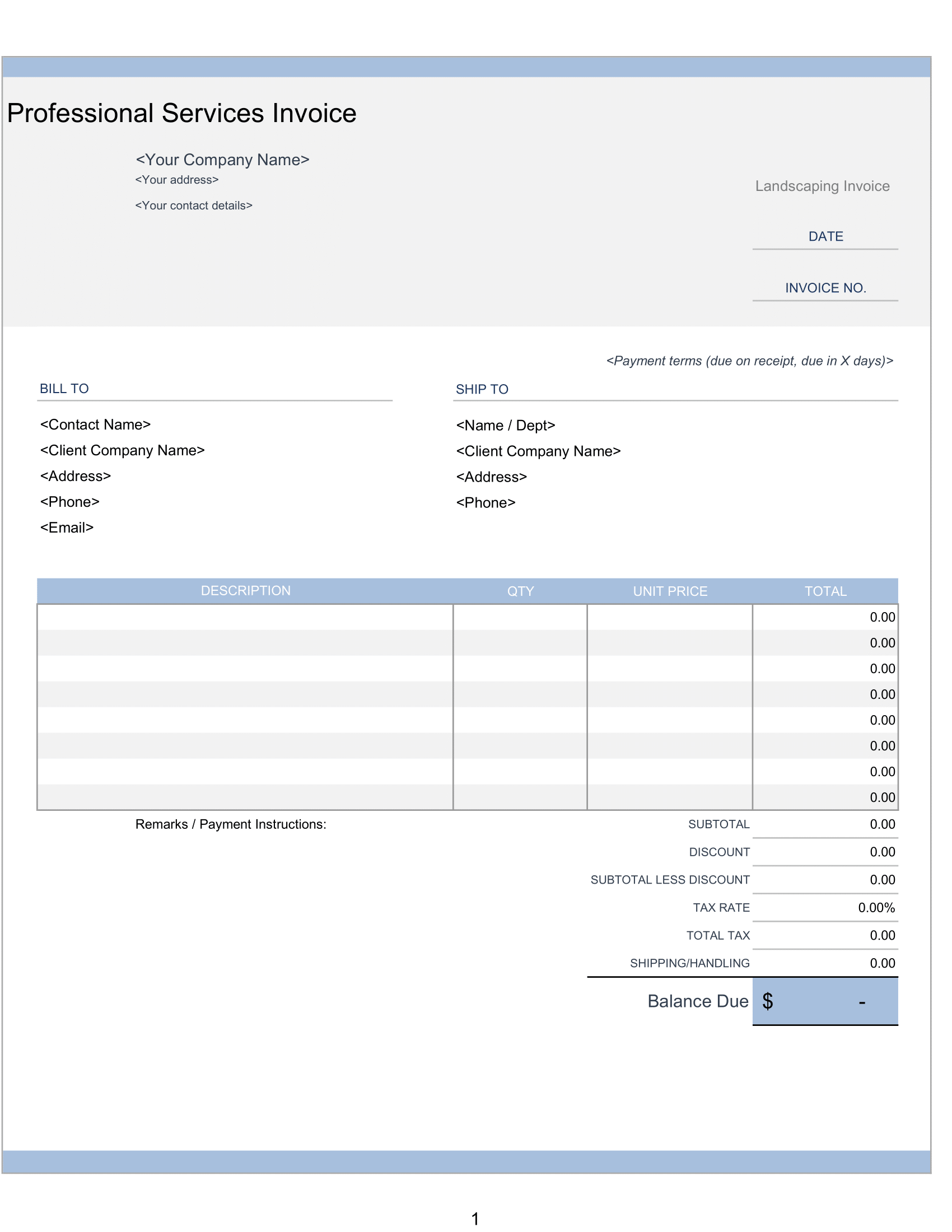As a new employer, I am about to create a Payroll Calculator but in the process learned that there were too many laws and regulations associated with payroll while using a spreadsheet for calculating payroll. I did create a Paycheck Calculator to estimate tax holdings and calculate net take home pay. But, instead of integrating that into a payroll calculator spreadsheet, I have an accountant process for my payroll and I use a Payroll Register spreadsheet to keep a record of employee information, payroll payments, and hours worked
Payroll registration
This Employee Payroll Register spreadsheet is design for small businesses that choose to use an accountant. I’ve kept this spreadsheet basic, so depending on your business and policies, you may need to add more columns.
The Employee Payroll Information worksheet is where you can record information. Just like name, ID, address, sex, occupation, hire date, salary or wage basis, exempt status, federal allowances, and other information about current deduction and contribution elections.
The Payroll Register worksheet is where you can keep the track of summary of hours worked, payment dates, federal and state tax withholdings, FICA taxes, and other deductions.
Depending on how you keep your records, you may want to add information to the payroll register, or remove it.
There may be specific record-keeping requirements. So check with the accountant to make sure that you are keeping appropriate records.
Payroll register report
Recording Daily Hours Worked
In the Payroll Register worksheet, columns E-K (Daily Hours Worked) are hidden by default. So if you are keeping a record of employee timesheets elsewhere, you might not want to duplicate that information in the register.
Recording Regular Pay, O.T. Pay, and Reimbursements
If you want to record payroll payments broken down into regular pay, overtime pay, and reimbursements. You can unhide Columns R-T and then make the Gross Pay column a formula.

